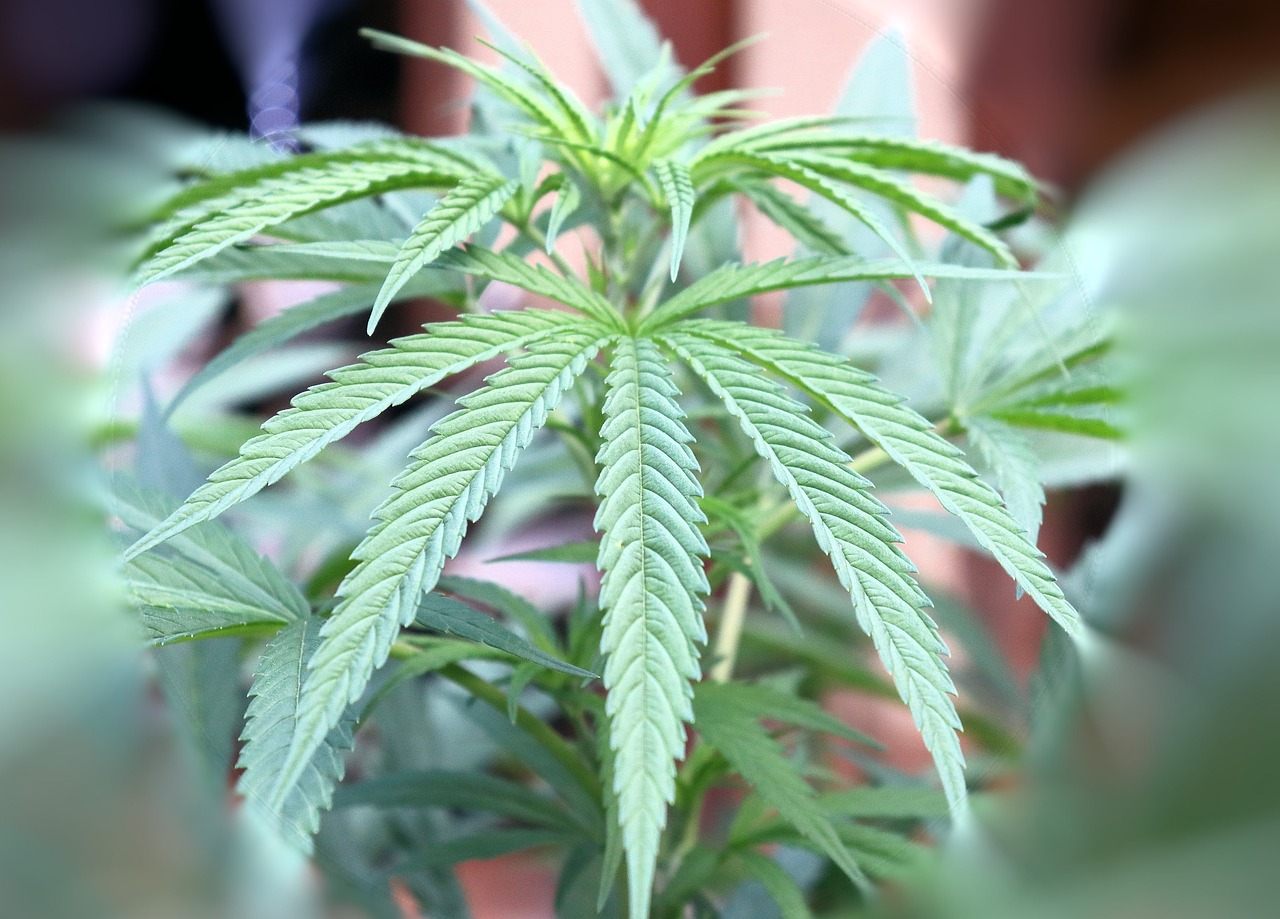
Rise of THCA Flower
-
Table of Contents
- The Rise of THCA Flower in the Cannabis Market: Trends and Insights
- Understanding THCA
- Health Benefits of THCA
- Market Trends
- Consumer Preferences
- Legal Landscape
- Product Innovation
- Case Studies
- Company A
- Company B
- Statistics and Data
- Challenges and Opportunities
- Regulatory Hurdles
- Consumer Education
- Quality Control
- Future Outlook
- Increased Research
- Expanding Legalization
- Product Diversification
- Conclusion
The Rise of THCA Flower in the Cannabis Market: Trends and Insights
The cannabis market has seen significant evolution over the past few years, with new products and compounds gaining attention. One such compound is THCA (tetrahydrocannabinolic acid), which has become increasingly popular. This article explores the rise of THCA flower, examining trends, insights, and the factors driving its growth.
Understanding THCA
THCA is a non-psychoactive cannabinoid found in raw and live cannabis. Unlike THC, which is known for its psychoactive effects, THCA does not produce a high. When cannabis is heated through smoking, vaping, or cooking, THCA converts to THC. This process is known as decarboxylation.
Health Benefits of THCA
Research suggests that THCA may offer several health benefits, including:
- Anti-inflammatory properties
- Neuroprotective effects
- Anti-emetic (reduces nausea and vomiting)
- Anti-proliferative (inhibits cancer cell growth)
These potential benefits have sparked interest among consumers looking for non-psychoactive alternatives to traditional cannabis products.
Market Trends
The cannabis market has seen a surge in demand for THCA flower. Several trends have contributed to this rise:
Consumer Preferences
Many consumers are seeking cannabis products that offer therapeutic benefits without the psychoactive effects. THCA flower fits this demand, providing a way to experience the benefits of cannabis without getting high.
Legal Landscape
The legal status of cannabis varies widely across regions. In some areas, THCA is legal while THC is not. This has led to increased interest in THCA products as a legal alternative.
Product Innovation
Companies are continually innovating, developing new ways to incorporate THCA into their product lines. This includes THCA tinctures, edibles, and topicals, in addition to traditional flower.
Case Studies
Several companies have successfully capitalized on the growing interest in THCA flower. Here are a few examples:
Company A
Company A introduced a line of THCA-rich flower strains, targeting consumers interested in the health benefits of cannabis without the high. Their marketing strategy focused on education, highlighting the potential therapeutic effects of THCA. This approach resonated with health-conscious consumers, leading to a significant increase in sales.
Company B
Company B developed a range of THCA-infused products, including tinctures and topicals. By offering a variety of consumption methods, they appealed to a broader audience. Their success demonstrates the versatility of THCA and its potential to attract diverse consumer segments.
Statistics and Data
Data from market research firms provides insight into the growth of the THCA market:
- A recent report by XYZ Research found that the THCA market grew by 25% in the past year.
- Surveys indicate that 40% of cannabis consumers are interested in non-psychoactive products.
- Sales data from dispensaries show a 30% increase in demand for THCA flower over the past 12 months.
These statistics highlight the growing popularity of THCA and its potential to become a significant segment of the cannabis market.
Challenges and Opportunities
While the rise of THCA flower presents numerous opportunities, there are also challenges to consider:
Regulatory Hurdles
The legal status of THCA varies by region, creating a complex regulatory environment. Companies must navigate these regulations to ensure compliance and avoid legal issues.
Consumer Education
Many consumers are still unfamiliar with THCA and its benefits. Educating the public about this compound is essential for driving demand and fostering market growth.
Quality Control
Ensuring the quality and consistency of THCA products is critical. Companies must invest in rigorous testing and quality control measures to build consumer trust and maintain product integrity.
Future Outlook
The future of THCA flower looks promising, with several factors likely to drive continued growth:
Increased Research
Ongoing research into the health benefits of THCA will provide valuable insights and potentially uncover new therapeutic applications. This could further boost consumer interest and demand.
Expanding Legalization
As more regions legalize cannabis, the market for THCA products is expected to expand. This will create new opportunities for companies to reach a broader audience.
Product Diversification
Innovation in product development will continue to drive the market. Companies that offer a diverse range of THCA products will be well-positioned to capture market share and meet evolving consumer preferences.
Conclusion
The rise of THCA flower in the cannabis market reflects changing consumer preferences and growing interest in non-psychoactive cannabis products. With potential health benefits, a favorable legal landscape in some regions, and ongoing product innovation, THCA flower is poised for continued growth. Companies that navigate regulatory challenges, invest in consumer education, and maintain high-quality standards will be well-positioned to succeed in this emerging market.
- Navigating the World of CBD Oil for Canines: What You Required to Know
- CBD Oil for Pets: A Safe and Effective Different to Typical Medications
- “Easy Swaps For Those That Wished to Add More Nutritional Worth To Their Daily Regimen.
- Sip Your Way to Wellness: The Advantages of Mushroom Coffee Explained
- The Best Practices for Working with Gold IRA Business